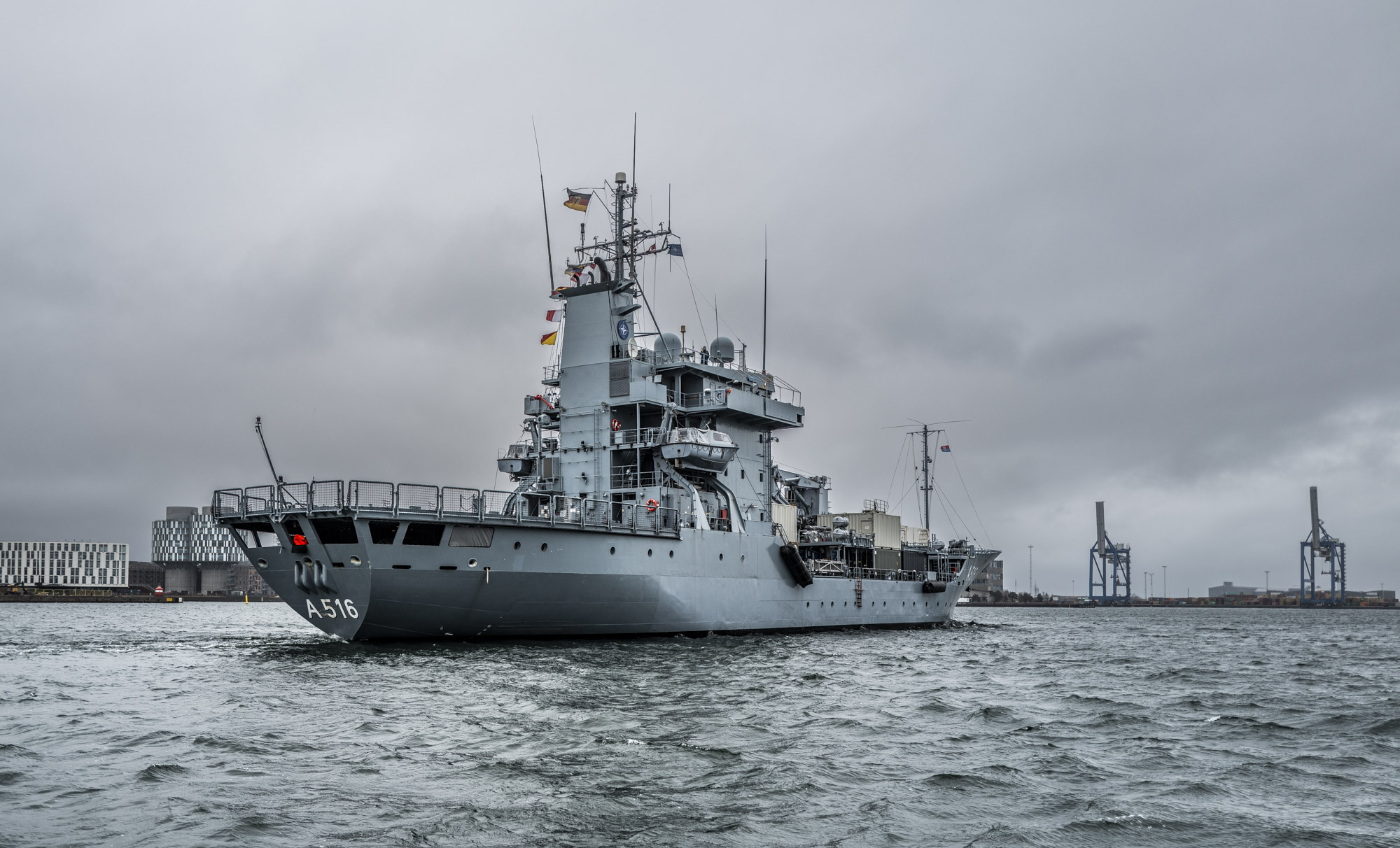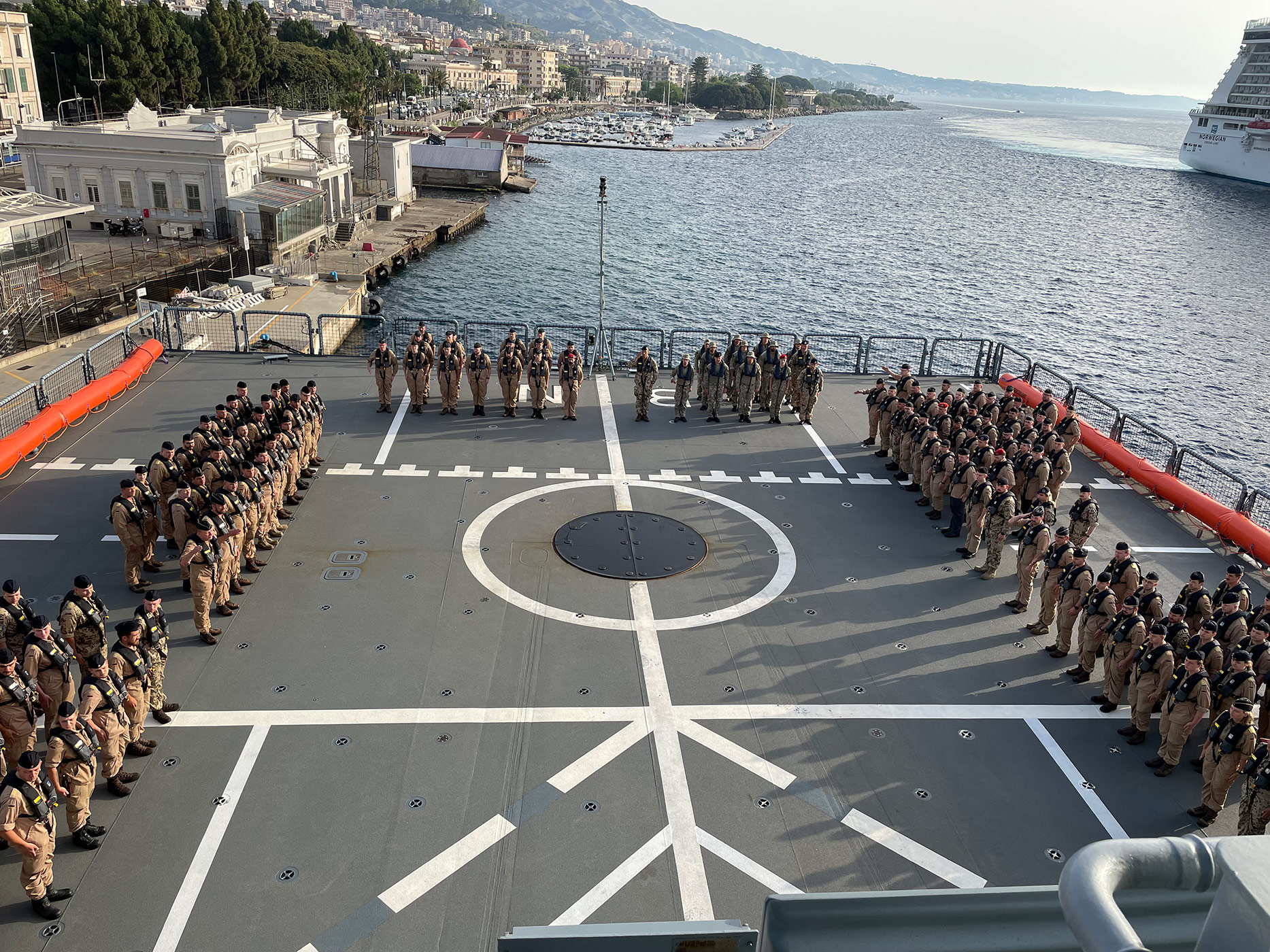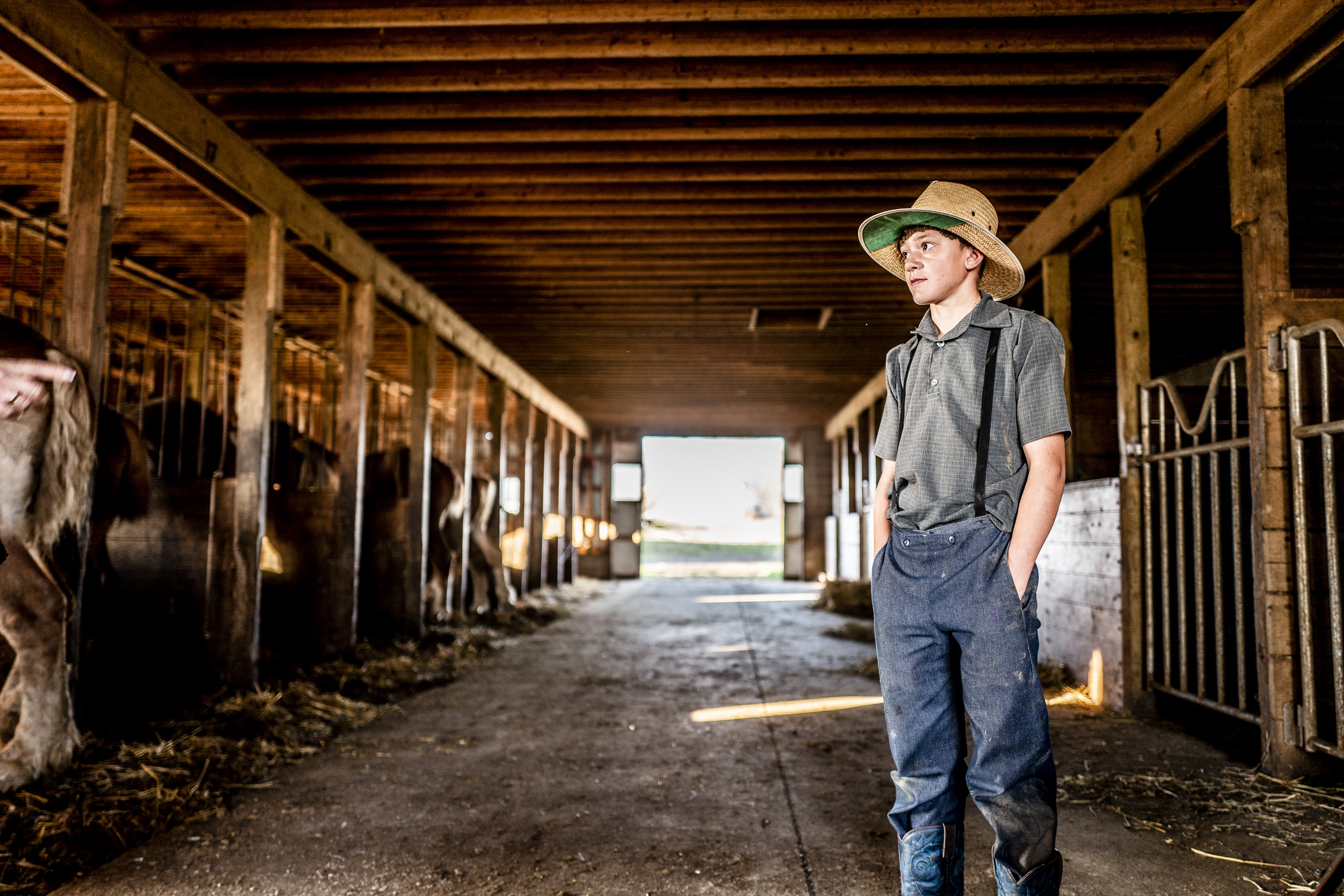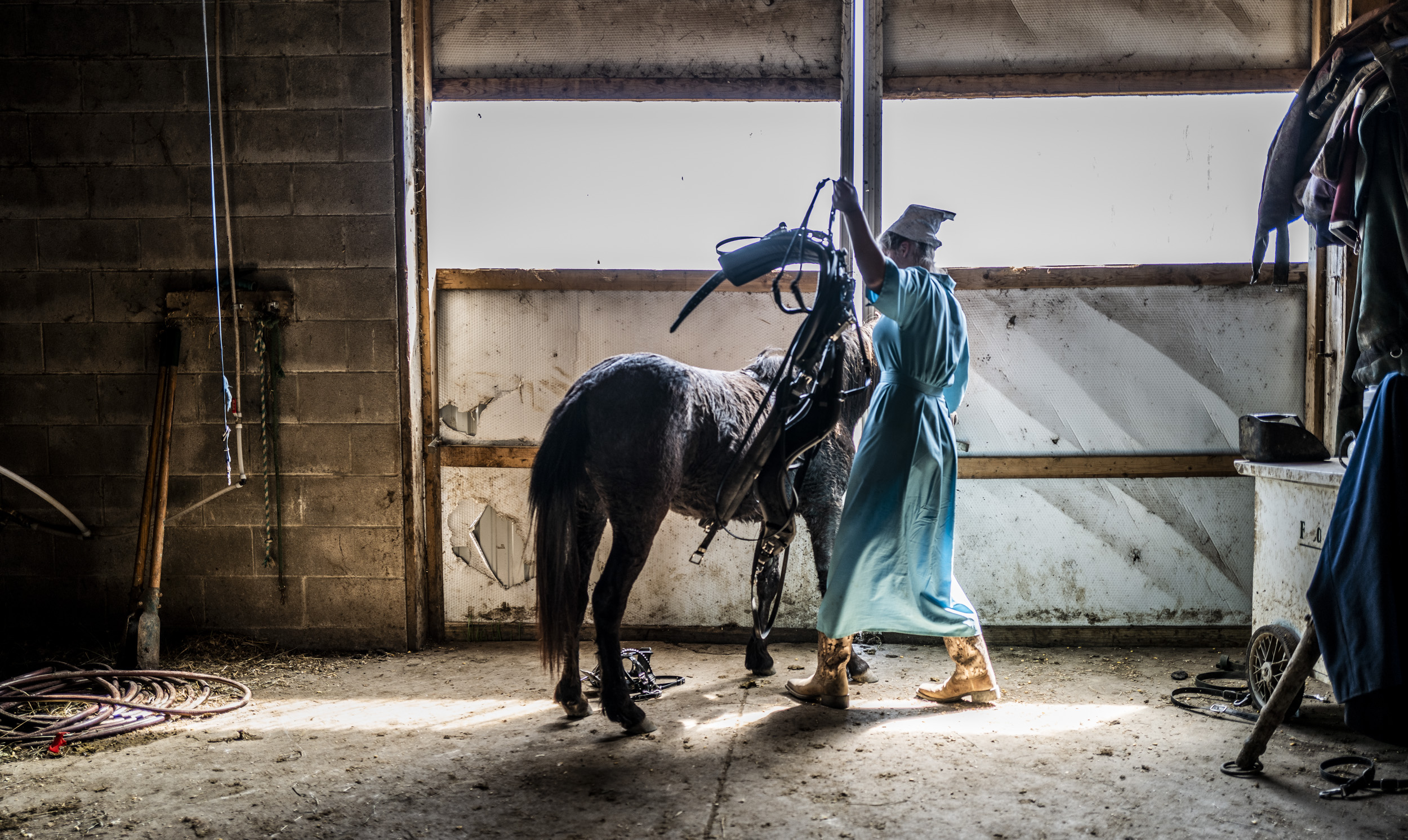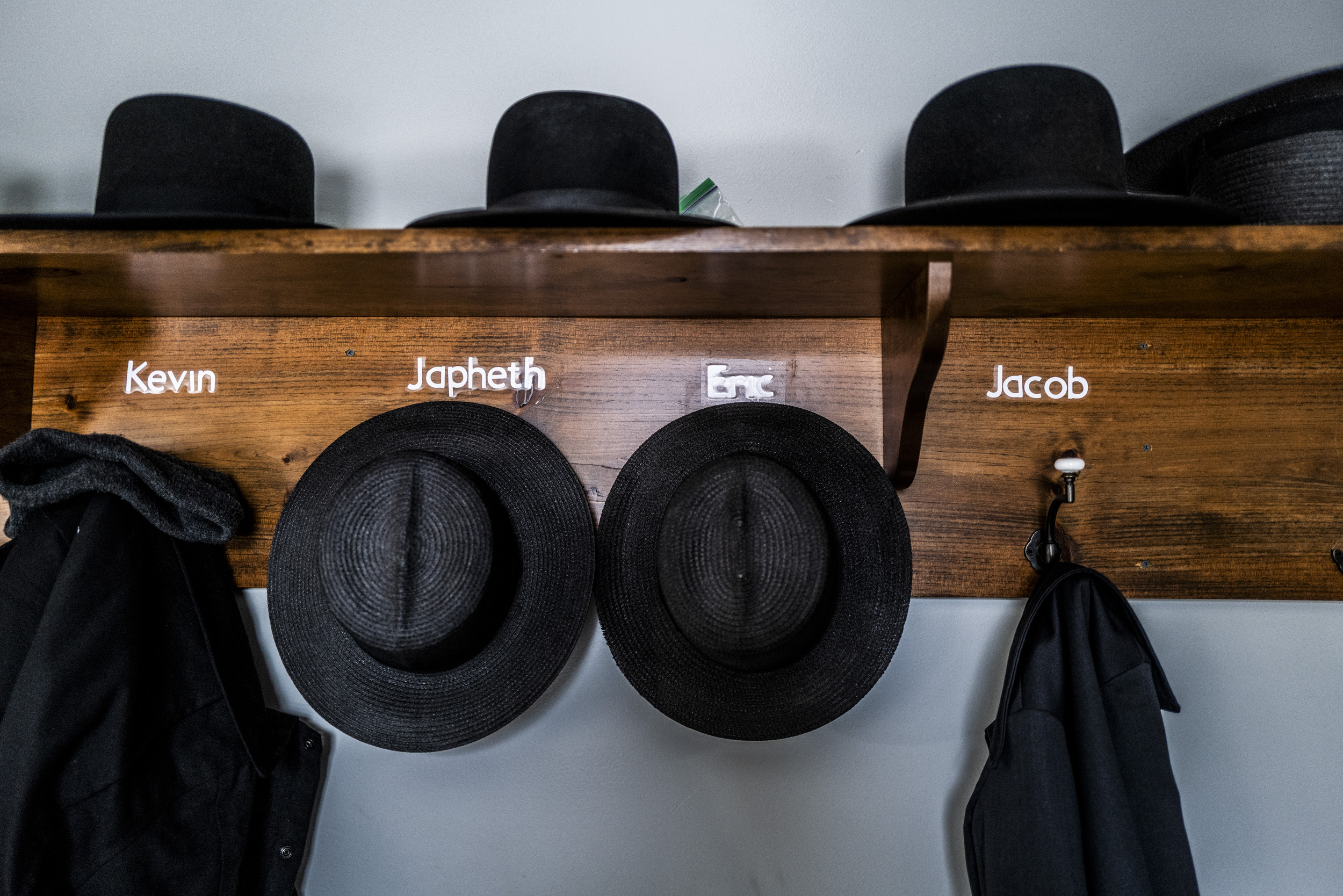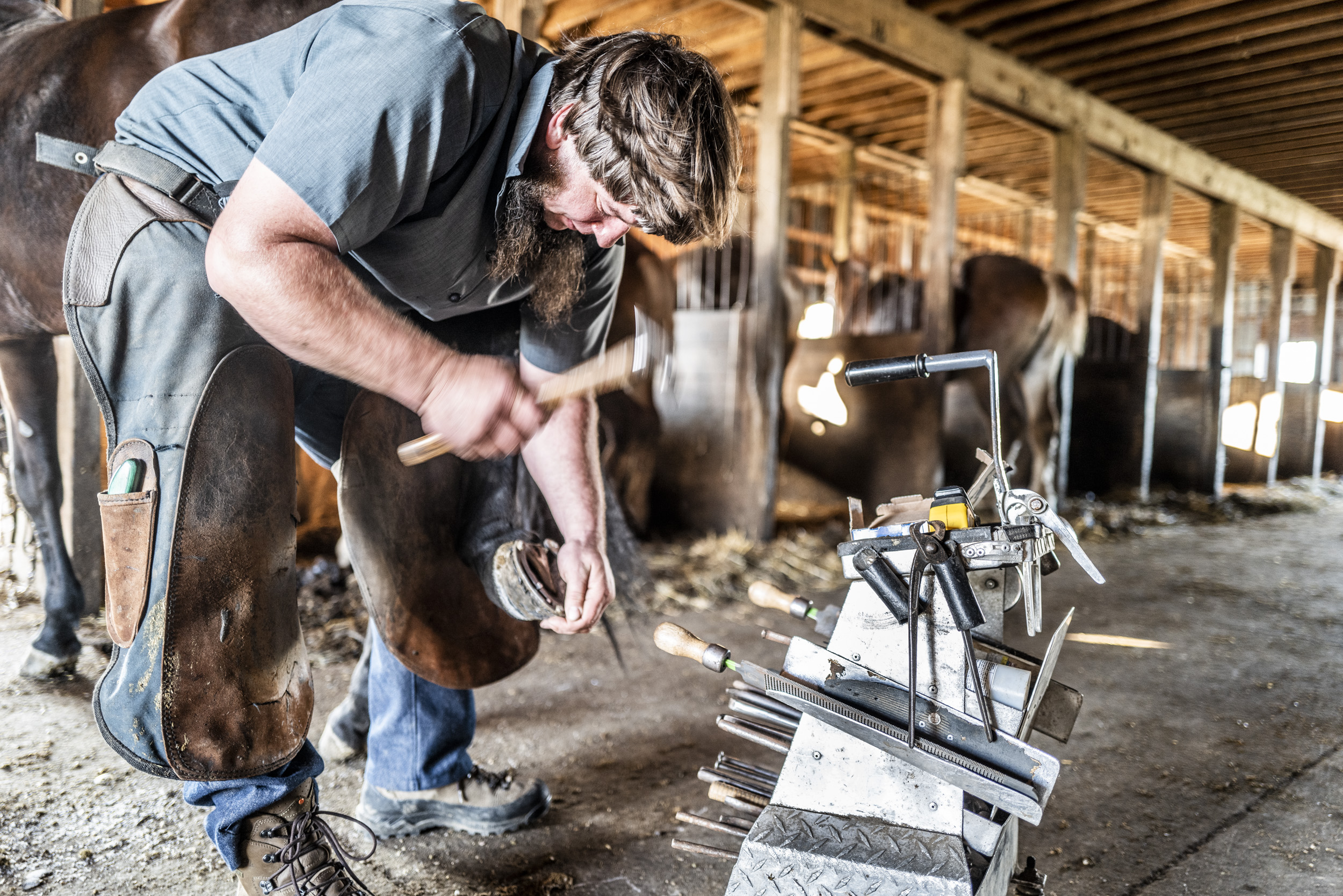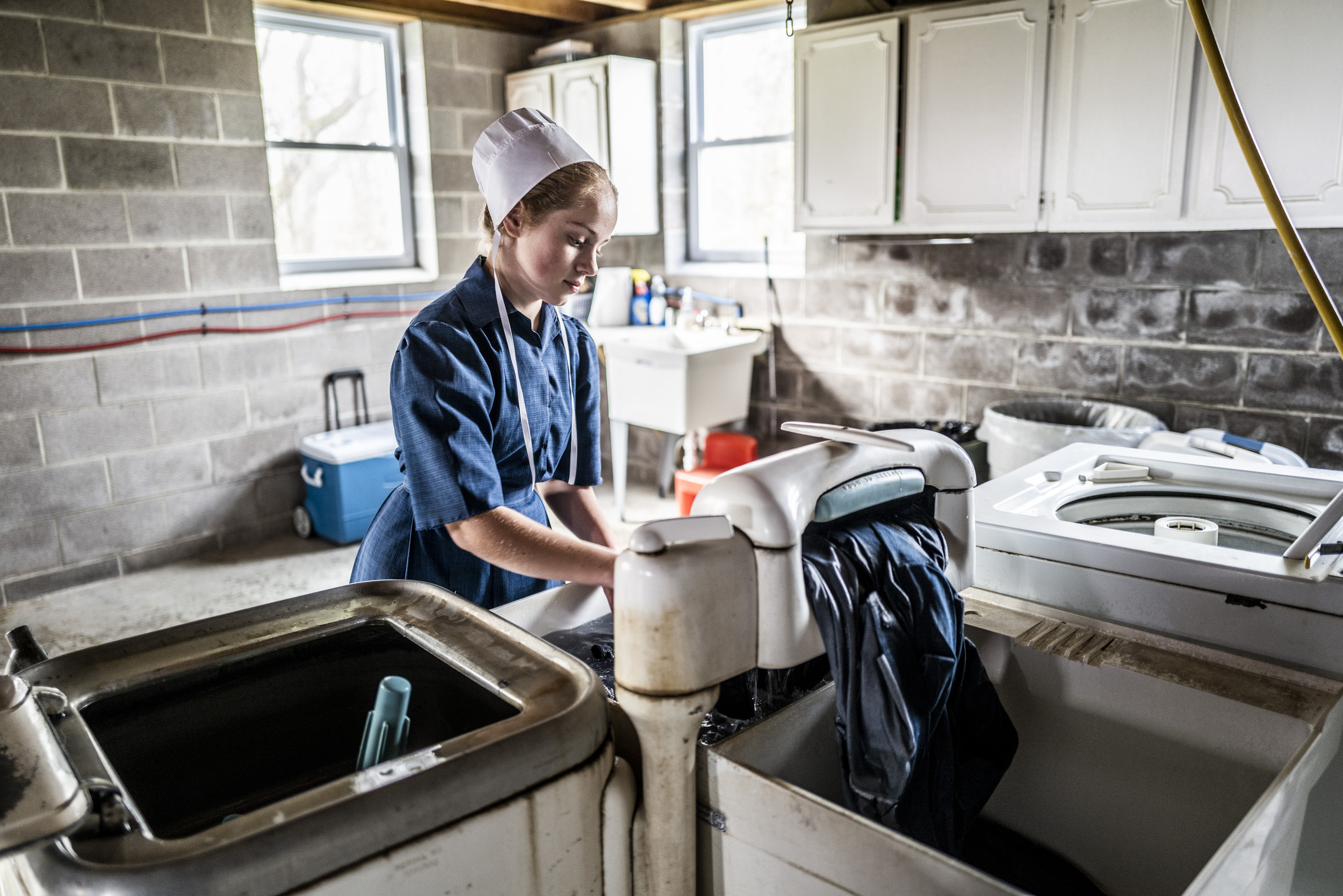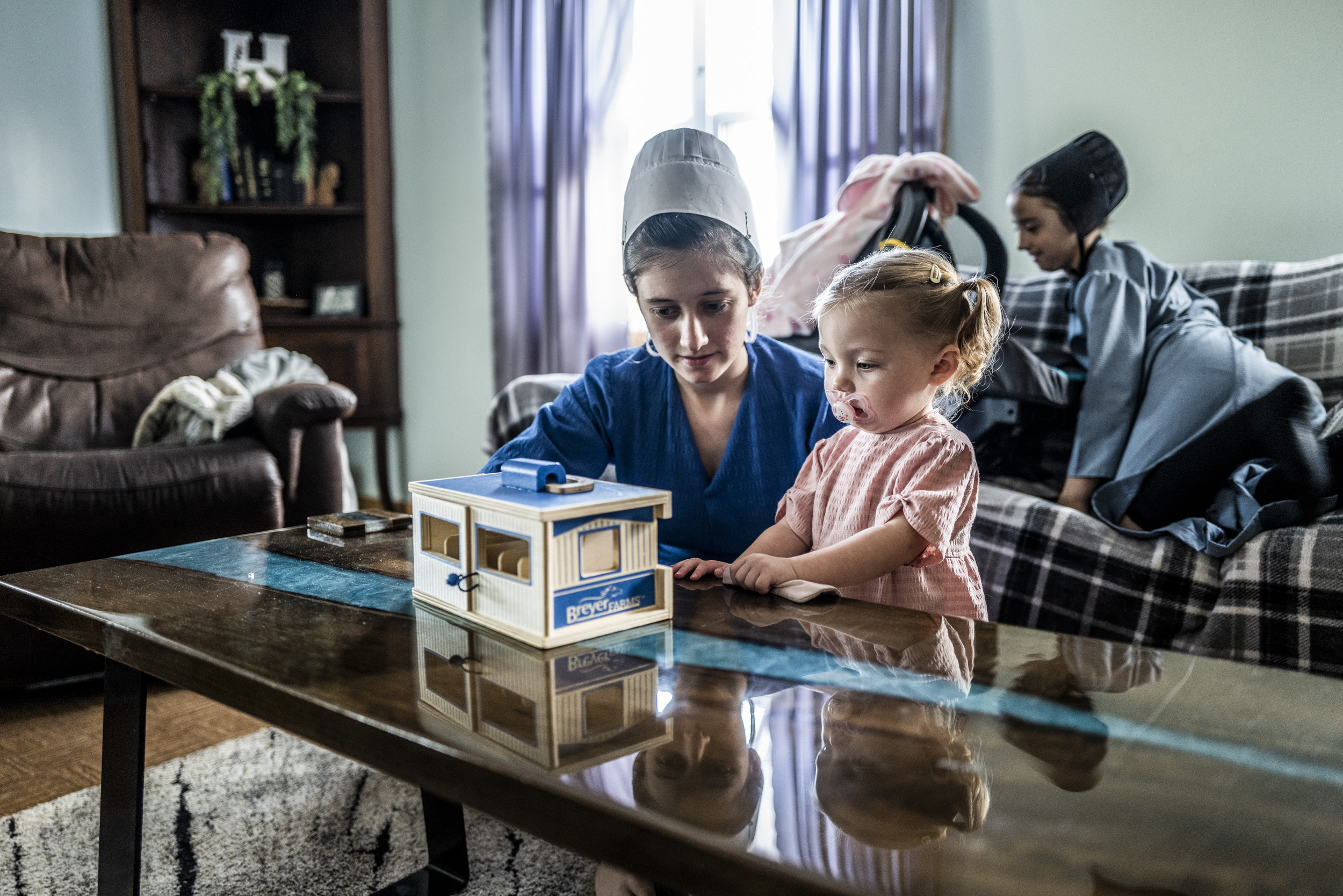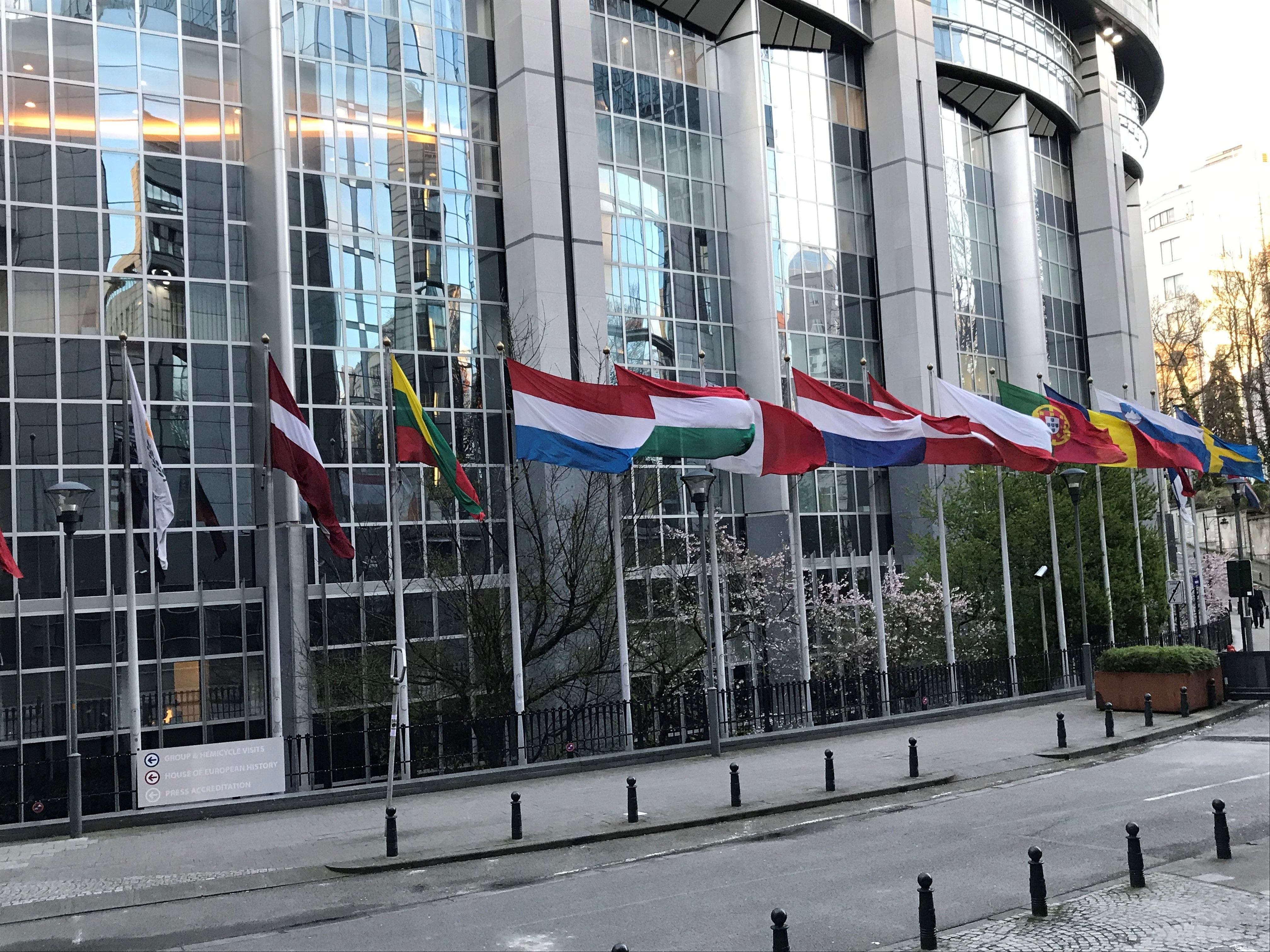The horror across borders
The killing of the only 14-year-old French girl, Kalinka Bamberski, by her German stepfather, became the most spectacular criminal case of the last 50 years between Germany and France. As an investigative editor, I accompanied the biological father of the killed girl, Andre Bamberski, for almost 25 years in his search for justice.
“I swore at my daughter’s grave that I would not give up until the murderer was tried and jailed for the heinous act he committed against my daughter,” , Andre Bamberski, the biological father of the slain girl, Kalinka, told me in early 1997, in a FRONTAL interview at the cemetery in Pechbusque, southern France.
At the time, the 59-year-old accountant had given up his job to devote himself entirely to solving the case.
In Germany, the case never came to trial.
I became aware of the Kalinka Bamberski case at the end of the 1990s on the return train of a filming trip from southern Germany for the ZDF political magazine FRONTAL. A small newspaper article in the Schwäbische Zeitung, which was on the table in the train compartment, reported on a doctor, Dr. Dieter Krombach, who had already been sentenced in absentia in France for the killing of his French stepdaughter Kalinka in 1995. In Germany, however, he went unpunished. In 1997, two years after this verdict in France, this doctor abused a 16-year-old girl in his practice in Lindau.
He was sentenced to two years’ probation and banned from practicing medicine. This triggered waves of protest at Lake Constance. The Kalinka case of 1982 and other of his crimes were not known in the press, neither nationwide nor abroad. I presented the Kalinka case and the recent sexual abuse of this doctor to my superiors at the time, Bodo H. Hauser and Ulrich Kienzle. At the time, a heated debate was raging in the Bundestag about tightening up the law on sexual offenses. As a political magazine, we were looking for target-oriented case studies.
As an investigative journalist, the case was to keep me in suspense for a quarter of a century.
In July 1982, Kalinka visited her mother and stepfather, the cardiologist Dr. Dieter Krombach, in Lindau on Lake Constance. Kalinka’s parents were divorced. On the evening before her death, the 14-year-old was injected with an iron preparation and sedatives by her stepfather, although Kalinka was in perfect health, as experts later discovered. The next morning, she lay dead in bed. Choked on her vomit.
There are momentous breakdowns in the police investigation and autopsy in Germany.
No traces are recovered from the crime scene in Lindau, such as the stains on the bed linen. The autopsy revealed a bloody tear in the girl’s vaginal area and whitish fluid. But the forensic pathologist in Memmingen at the time, did not examine these traces for sperm, nor Kalinka’s heart blood for a possible poison. Andre Bamberski became suspicious. He believed in a sexual crime and in 1985, three years after Kalinka’s death, he obtained an exhumation in France, where Kalinka is buried. But in the grave her removed genitals are no longer found. Simply disappeared. Not settled by the German forensic doctors. It turns out during my research that Kalinka’s stepfather, Dr. Dieter Krombach was also present at the autopsy, although this was not allowed.
France demands the extradition of Krombach.
Kalinka was a French citizen. Andre Bamberski brought the case to court in France. Here Dieter Krombach, in 1995, was sentenced in absentia to 15 years imprisonment for intentional bodily harm resulting in death without intent to kill. The Cour d`Appell in Paris considered it proven by numerous expert opinions of renowned experts that the injections – the iron preparation, Cobalt-Ferrlezit in connection with the strong sedative Frisium was responsible for the death of the girl. Krombach was unable to prove sexual abuse of Kalinka due to lack of evidence. The responsible public prosecutor’s office in Kempten, at any rate, claimed, also later in an interview: “We have not found out the cause of the girl’s death, and the Munich Higher Regional Court closed the Kalinka case in 1987. My inquiries as to why the evidence of the French had not been followed were evaded. Did not want to give any more interviews afterwards.
The Kalinka case became a political issue.
A legal dispute flared up between Germany and France that lasted for years. Germany refused to extradite Krombach; after all, the German investigation of the same case against the doctor had been dropped. Again and again, the case was a topic of conversation in meetings between Chancellor Helmut Kohl and President Jacques Chirac, and later between Nicolas Sarkozy and Angela Merkel, between 1995 and 2009.
This time, no evidence is lost.
I learned more and more details about the lifestyle of Dr. Dieter Krombach during my years of research. There were many charges against him for sexual harassment of female patients, especially underage girls. In most cases, the charges came too late, were time-barred. Krombach’s victims told me that they were ashamed and afraid of not being taken seriously. When Krombach abused a 16-year-old patient in his practice, this time no evidence was lost. Krombach was given a suspended sentence. Lost his license to practice medicine. The victim experienced the sexual abuse, but was unable to defend herself due to an anesthetic injection. In a one-time television interview, she told me about what she experienced and the severe psychological consequences.
The perpetrator gives a one-time television interview.
Under certain conditions, the exclusive interview took place in 1997 with the perpetrator, Dr. Dieter Krombach, in the presence of his lawyer, Dr. Uwe Birk, in Lindau, on Lake Constance. I expected a doctor, a perpetrator, who showed remorse for his deed. But instead he mocked the victim, in front of running cameras, that he had drugged shortly before his crime, smiling with the words: “She didn’t say yes, she didn’t say no. He who is silent seems to agree, they said even in ancient Rome.” Krombach never gave another interview, continued to live in freedom in Germany.
The verdict in Kalinka’s case threatened to become time-barred in France in 2012.
Kalinka’s biological father, Andre Bamberski saw no other way out than to kidnap his daughter Kalinka’s murderer to France. In his opinion, all legal remedies had been exhausted. The sentence in France threatened to become time-barred. Finally, in October 2009, Dieter Krombach was picked up by Bamberski’s helpers in front of his house in the Lindau district, beaten up, bound and gagged and abducted to Mulhouse/France.
Daughter of the perpetrator proclaims the innocence of the father.
I traveled to the scene of the abduction. Krombach’s daughter, Diana Günther, gave me an exclusive interview on site and repeatedly protested her father’s innocence in Kalinka’s death. She did not want to talk about the agonizing death of her mother. She died deaf, dumb and blind at the age of 25. There was talk of poison. The public prosecutor’s office in Frankfurt investigated her father, Dieter Krombach. For lack of evidence, the case was dropped.
Kalinka’s father, Andre Bamberski at the finish line.
I traveled to France at the start of the trial in 2010. But twice the trial was adjourned. Finally, I was able to report, in various ZDF formats, how unimpressed the perpetrator remained when his victims told of the assaults. Only a few representatives of the press were admitted to the court. Krombach looked over only once, a brief eye contact, then lowered his gaze back to the dock. In 2011, he was sentenced to 15 years in prison, and showed no remorse until the end. In 2014, the biological father, Kalinka’s, Andre Bamberski was sentenced to a year’s probation for his vigilante act, incitement to kidnapping. Andre Bamberski has long been at peace with himself when I contacted him a few weeks ago. He has achieved his goal. The conviction of Kalinka’s killer was now ten years ago.
Andre Bamberski’s fatherly love remains invincible.









